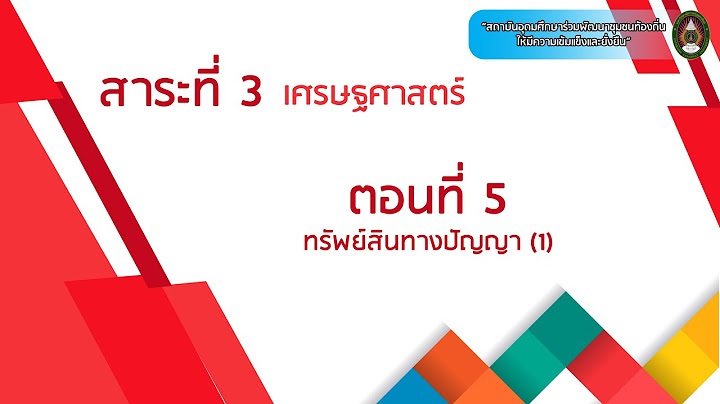This section should provide the definitions of all terms, acronyms, and abbreviations required to interpret the terms used in the document properly. Show
Term Description ASP Active Server Pages RS Requirements Specifications Sept. 15, 2003 Page 2 of Table of Contents
Section 11. Introduction........................................................................................................................1 Purpose of Document..........................................................................................................................Describe the purpose of this document and provide a description of the intended audience i., the personnel who will be reading this document. 1 Project Overview..................................................................................................................................State a brief description of the project under study. Describe how the software will be used and identify the relevant goals and benefits. 1 Scope.....................................................................................................................................................List down the scope of the project. Describe what the system will and will not do. 2. Functional Requirements..................................................................................................This section should contain a textual description of the requirements related to the customer’s business. This should contain a list of all the business events related to the business process. 3. Non-functional Requirements...........................................................................................3 Performance Requirements................................................................................................................The performance characteristics of the system that are required by the business should be outlined in this section. Performance characteristics include the speed, precision, capacity, safety, and reliability of the software. These characteristics define the performance of the project. 3 Safety Requirements...........................................................................................................................Specify the requirements that are concerned with possible loss, damage, or harm that could result from the use of the system. Define any safeguards or actions that must be taken, as well as potentially dangerous actions that must be prevented. Identify any safety certifications, policies, or regulations to which the system must conform. 3 Security Requirements........................................................................................................................Specify any requirements regarding security, integrity, or privacy issues that affect the use of the system and protection of the data used or created by the system. Define all user authentication or authorization requirements, if any. Identify any security or privacy policies or certifications the system must satisfy. 3.48 Business Rules3 any operating principles about the product, such as which individuals orroles can perform which functions under specific circumstances. These arenot functional requirements in themselves, but they might imply certainfunctional requirements to enforce the rules. Mention all users who will beaccessing the software and describe their respective rights.3.3 User DocumentationSept. 15, 2003 Page 5 of 2n Use Case Cross referenced <Related use cases, which use or are used by this use case> User Interface reference List user interface(s) that are related to this use case. Use numbered list in case of more than one user interface elements. Concurrency and Response Give an estimate of the following Number of concurrent users Expected response time of the use case 7. Graphical User Interfaces.................................................................................................Give a detailed account of user interfaces included in this project. <User Interface Id: Title> Interface Id. Write the reference number assigned to this UI. Use case Reference Refer to the use case invoking this UI. Snapshot Include a labeled snapshot of the user interface. Data dictionary referenceLabel Data dictionary identifier 1 Refer to fields in data dictionary 2 ... n 8. High Level Design..............................................................................................................8 ER Diagram...........................................................................................................................................8 Data Dictionary.....................................................................................................................................The convention recommended for writing the data dictionary is as follows. Sept. 15, 2003 Page 7 of 8.2 Data 1 ............................................................................................................................................................Description (Refer to Template on next page). 8.2 Data 2 ............................................................................................................................................................Description (Refer to Template next page). 8.2 Data n ............................................................................................................................................................Description (Refer to Template next page). . The notation to develop content description is given below. Data construct Notation Meaning \= is composed of Sequence + and Selection [|] either-or Repetition {}n n repetitions of ( ) optional data
<9 Data n> < Data 1>Name Give primary name of the data or control item, the data store or an external entity. Alias Write other names used for the first entry. Where-used/how-used List all processes that use the data or control item and how it is used (e., input to process, output from the process, as a store, as n external entity) Content description Notation for representing content. Supplementary information Other information about data types, preset values, restrictions or limitations etc. Make Similar tables for all the data items. The notation to develop content description is given below: Data construct Notation Meaning \= is composed of Sequence + and Selection [|] either-or Repetition {}n n repetitions of ( ) optional data Sept. 15, 2003 Page 8 of 12. References...........................................................................................................................This section should provide a complete list of all documents referenced at specific point in time. Each document should be identified by title, report number (if applicable), date, and publishing organization. Specify the sources from which the references can be obtained (This section is like the bibliography in a published book). Ref. No. Document Title Date of Release/ Publication Document Source PGBH01- 2003- Proposal Project Proposal Oct 20, 2003 <Give the path of your Project repository/Folder> 13. Appendices..........................................................................................................................Include supporting details that would be too distracting to include in the main body of the document. Functional Requirements คืออะไร พร้อมยกตัวอย่างความต้องการที่เป็นฟังก์ชันหลักของระบบ ซอฟต์แวร์ทำหน้าที่ตามที่กำหนดไว้ในส่วนของการทำงานหรือบริการที่ลูกค้าหรือผู้ใช้ต้องการ ตัวอย่างเช่น ระบบต้องมีกระบวนคำสั่งการให้อำนาจผู้ใช้ ซึ่งผู้ใช้ต้องระบุความเป็นตัวตน โดยใช้ชื่อผู้เข้าระบบและรหัสผ่าน NonNon-functional Requirement คือ Requirement อื่นๆที่ไม่ใช่หน้าที่หลักๆที่ต้องทำ แต่เป็นคุณสมบัติอื่นๆที่เราอยากได้จากระบบ เช่น ความปลอดภัยของระบบ, ความเชื่อถือได้ของระบบ, เวลาตอบสนอง, มีความสามารถทางด้าน I/O, ความสามารถในการเชื่อมต่อกับระบบอื่นๆ ตัวอย่างเช่น ระบบบัญชี โดยที่หน้าที่หลักของระบบบัญชีคือ บันทึกข้อมูล ... เอกสาร BRD คืออะไรเอกสารการรวบรวมข้อมูลความต้องการพัฒนา Website, Member, Mobile Application. |

กระทู้ที่เกี่ยวข้อง
การโฆษณา
ข่าวล่าสุด
ผู้มีส่วนร่วม
การโฆษณา
ผู้มีอำนาจ
การโฆษณา
ถูกกฎหมาย
ช่วย

ลิขสิทธิ์ © 2024 th.apacode Inc.




























